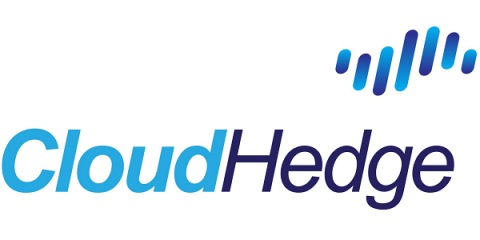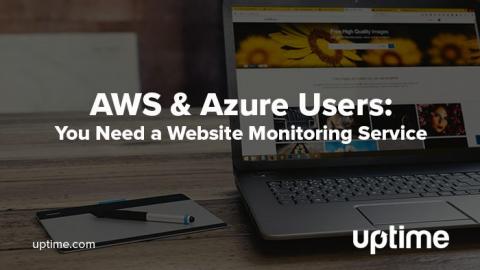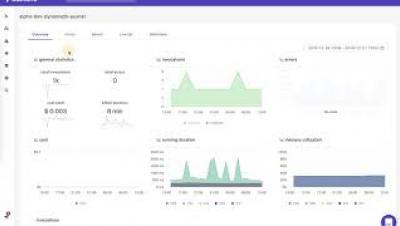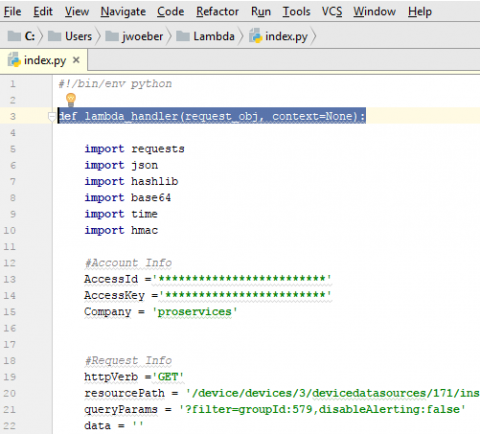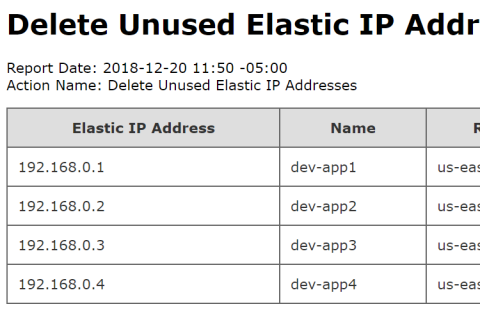The Journey to Serverless: How Did We Get Here? [Infographic]
It’s the beginning of a new year and when it comes to computing, going serverless is the resolution of many engineering teams. At Stackery, this excites us because we know how significant the positive impacts of serverless are and will be. So much, in fact, that we’re already thinking about its applications for next year and beyond.



